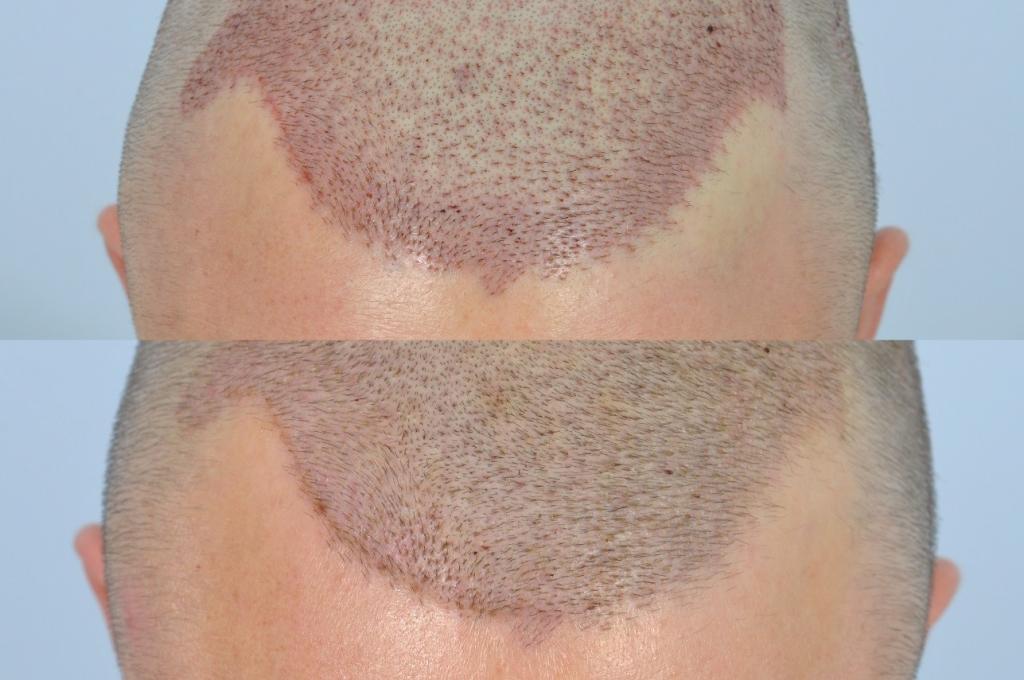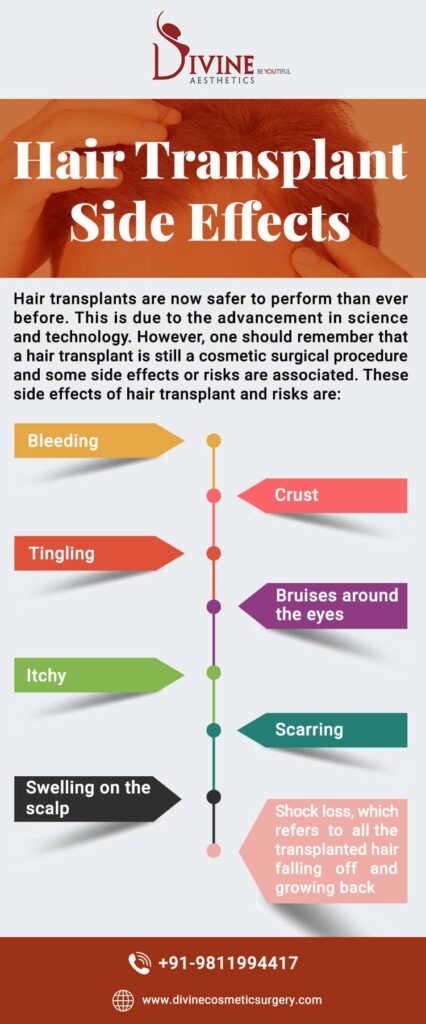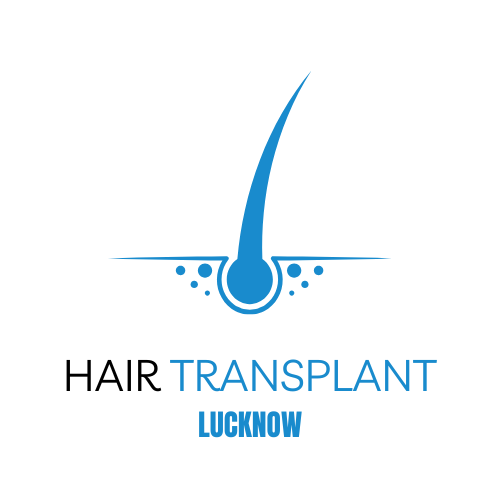A hair transplant is a surgical procedure aimed at restoring hair to areas of the scalp affected by thinning or baldness. It has become a popular solution for individuals looking to address hair loss, particularly in cases where other treatments have proven ineffective.
One of the most common concerns remains: is hair transplant painful? This report aims to answer that question, explain the procedure in detail, debunk common myths, and provide additional relevant information.

Is Hair Transplant Really Painful?
While hair transplants are a medical procedure that involves surgery, most patients report minimal discomfort during the operation itself. The procedure is typically done under local anesthesia, which numbs the scalp, ensuring that the individual does not experience pain during the surgery.
However, after the procedure, there may be some mild discomfort as the anesthesia wears off. This discomfort can vary from person to person but is generally manageable with over-the-counter pain medications or as prescribed by the doctor.
Some patients may experience mild swelling or soreness in the donor and recipient areas, but these symptoms typically subside within a few days to a week.
The Hair Transplant Process
The hair transplant process generally involves two primary methods: Follicular Unit Extraction (FUE) and Follicular Unit Transplantation (FUT). Both procedures aim to move hair follicles from a donor site, typically the back or sides of the head, to the areas where hair is thinning or absent. Below is an explanation of each method.
- Consultation and Assessment:
- The first step is a consultation with a qualified surgeon. During this meeting, the doctor assesses the patient’s hair loss pattern, scalp condition, and overall health to determine the suitability for the procedure.
- The surgeon discusses the patient’s goals and expectations and explains the available options.
- Preparation:
- On the day of the procedure, the patient’s scalp is cleaned, and local anesthesia is administered to numb the area. This ensures that the patient will not feel pain during the surgery.
- The surgeon then marks the recipient areas where the hair follicles will be placed.
- Donor Hair Extraction:
- FUE Method: Individual hair follicles are extracted one by one from the donor area using a small, punch-like tool. These follicles are then preserved in a special solution to keep them viable for transplant.
- FUT Method: A strip of skin is taken from the donor area, and the hair follicles are carefully dissected from this strip. The donor site is then sutured or stapled back together.
- Transplanting the Hair:
- The extracted hair follicles are then transplanted into small incisions made in the recipient area of the scalp. The surgeon ensures that the follicles are placed at an angle and depth similar to natural hair growth for the most realistic result.
- Post-Procedure Care:
- After the surgery, the scalp may be sensitive, and some swelling or redness may occur. Most patients are given instructions on how to care for the transplanted area, including washing the hair gently and avoiding direct sunlight.

Myths About Hair Transplants
- Myth: Hair Transplants Are Painful
- As mentioned, modern techniques and local anesthesia ensure that the process is relatively pain-free. The discomfort that some patients feel after the procedure is usually mild and temporary.
- Myth: The Results Are Immediate
- While hair transplants offer permanent results, it takes time for the transplanted hair follicles to establish themselves. Most patients will begin to see noticeable growth after 3 to 4 months, with full results visible in about 12 to 18 months.
- Myth: Hair Transplants Are Only for Men
- Although hair transplants are commonly associated with male pattern baldness, women suffering from hair thinning or hair loss can also benefit from the procedure.
- Myth: Hair Transplants Leave Scars
- With FUE, there is no linear scar left behind, as the follicles are extracted individually. FUT may leave a thin scar at the donor site, but it is often well-hidden within the hairline and can be easily concealed by the surrounding hair.
- Myth: You Can’t Get More Than One Transplant
- It is possible to undergo multiple hair transplants if needed, though a careful assessment of available donor hair is essential for long-term results.
Risks and Complications
Like any surgical procedure, hair transplants come with some risks and potential complications, though these are generally rare when performed by a skilled surgeon. Common risks include:
- Infection: Proper post-operative care and hygiene are crucial to avoid infection.
- Scarring: Although rare, some scarring can occur, especially with FUT.
- Shock Loss: Some patients may experience a temporary loss of hair in both the transplanted and surrounding areas, but this is often a normal part of the healing process, and hair typically regrows.
Post-Procedure Recovery
After the procedure, patients are usually able to return home on the same day. Most individuals can resume work and normal activities within a few days, though strenuous activities like exercise should be avoided for at least two weeks.
Patients are typically asked to refrain from touching, scratching, or massaging the transplanted area to avoid damaging the newly implanted hair follicles.

Frequently Asked Questions
How long does a hair transplant take?
The duration depends on the extent of the transplant. Generally, a hair transplant can take anywhere from 4 to 8 hours.
Is hair transplant surgery safe?
Hair transplants are considered safe when performed by a qualified surgeon. It is important to follow all pre- and post-operative instructions to minimize risks.
How much does a hair transplant cost?
The cost varies depending on the clinic, the method used, and the number of grafts needed. On average, hair transplants can cost between $4,000 to $15,000.
Can the transplanted hair fall out?
It is normal for the transplanted hair to shed within the first few weeks, but it will grow back over time. Full growth is typically seen after 12-18 months.
Can I get a hair transplant if I have a receding hairline?
Yes, hair transplants can be performed to restore a receding hairline, though the results depend on the extent of hair loss and the availability of donor hair.
Are the results permanent?
Yes, hair transplant results are permanent because the transplanted hair follicles are taken from areas of the scalp that are not genetically predisposed to hair loss.
Takeaway
A hair transplant is an effective solution for many people suffering from hair loss, and while it is a surgical procedure, the pain and discomfort are minimal when managed properly. Understanding the process, debunking myths, and preparing for recovery can help individuals make informed decisions. With modern techniques, the procedure is safer, less invasive, and yields natural, long-lasting results.
